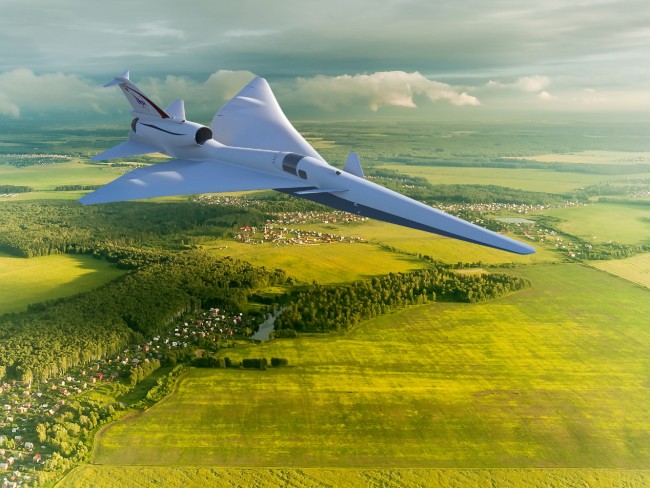Is commercial air travel about to get a little more pleasant for people in the air and on the ground? If NASA’s new research has anything to say about it, the answer is quite possibly yes. Recently, NASA embarked on testing new supersonic technology with all the benefits- minus the boom.
Traditionally, supersonic technology allows aircraft to quickly accelerate to, and travel at, speeds far faster than commercial aircraft. The downside, however, is that such acceleration comes with a very large “sonic boom,” which occurs when a plane breaks the sound barrier by traveling faster than the speed of sound.
For many years, airlines have been attempting to create the fastest commercial airline travel possible- including the potential air supersonic speeds that for now are relegated to military aircraft.
However, one significant challenge has been overcoming the sonic boom. While the occasional sonic boom may be an annoyance to those living near military posts, ongoing sonic booms would cause major noise issues for those living in a five mile radius of commercial airports.
This November, NASA will begin publicly testing its new “quiet” supersonic technologies in the areas surrounding Galveston, Texas. Using feedback from over 500 local volunteers, NASA will measure the impact of sound a “sonic thump,” which will be created by an F/A-18 Hornet that will engage in dice maneuvers over the ocean. NASA is engaging in this research to find out if residents find the noise from the “thumps” acceptable The goal here is to see if residents find the thumps acceptable. That’s because new supersonic planes are being developed that can revolutionize commercial flights, and NASA wants to find out if the noise levels those supersonic aircraft put out will be off-putting to people on the ground. The tests around Galveston and “the resulting community response data will enable federal and international rule makers to write new regulations that allow supersonic flight over land, and thus open a whole new market for commercial supersonic air travel,” says NASA.
Another indirect benefit is that quieter planes could bring a better quality of life to those living around airports, whose daily lives and property values are often at the mercy of the airlines.
While testing is expected to begin in November, supersonic planes are likely still many light years (or sound years) away.
